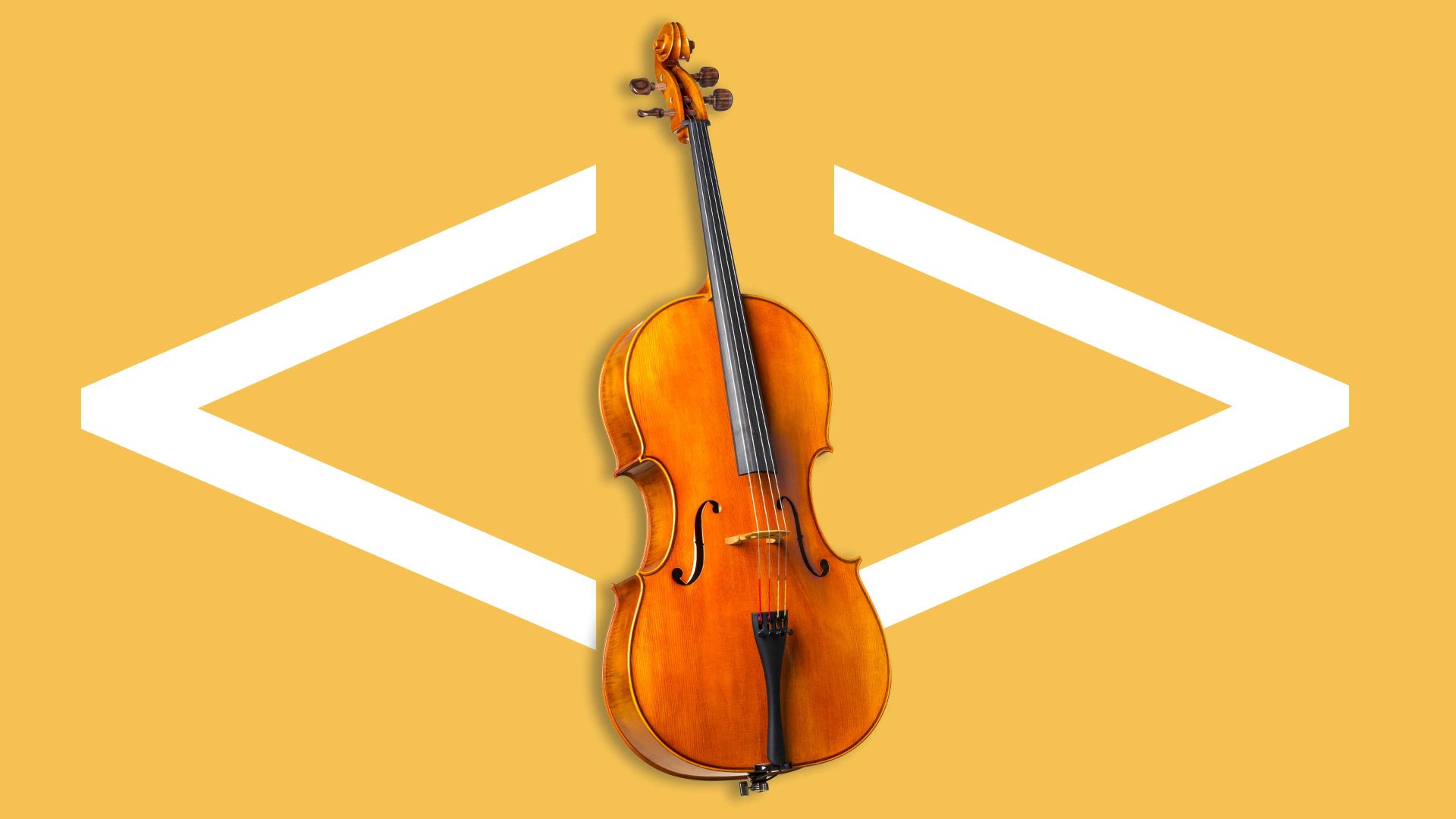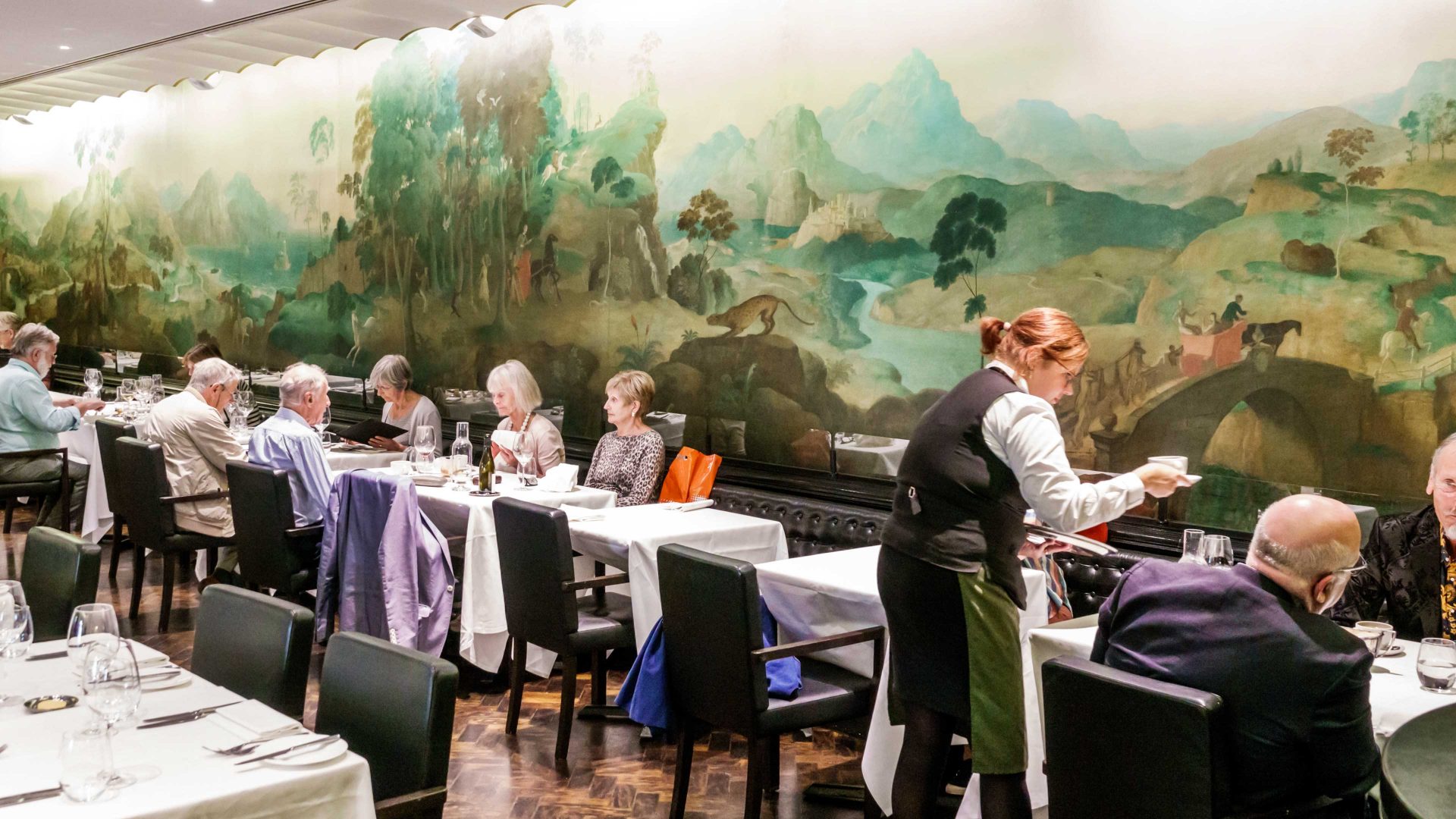Many languages have grammatical elements called diminutives and augmentatives. A diminutive is a word-form or affix which indicates relatively small size or a reduction in size; an augmentative indicates relatively large size or an increase in size.
The English language is able to convert some nouns into diminutives by adding suffixes to the noun stems. There are a number of such suffixes, including -ie/-y, as in doggie from dog and hanky from handkerchief. This ending can sometimes also function as a hypocoristic, meaning that it can indicate affection or familiarity as well as small size, as with Johnny from John and Annie from Anne.
There are several other diminutive suffixes in English, such as -let as in booklet and starlet; -ing as in duckling, gosling and darling from duck, goose and dear. We also have the ancient West Germanic diminutive suffix -kin, as in lambkin “little lamb” and napkin “little nape” [tablecloth], which corresponds to German -chen as in Mädchen “girl”. This -kin is no longer used to form new diminutives in English, but the ending still occurs frequently in surnames like Wilkinson “son of little Will” and Tomkins “of little Tom”.
Other languages are much better provided with diminutive endings than English is, and some also have rather well-developed systems of augmentatives. Italian tavolone “big table” is derived from tavolo “table”; with the ending -one functioning as an augmentative suffix. Fagiolone, from fagiolo “bean”, means “large bean”; and minestrone, the name of the well-known vegetable soup thickened with pasta, is an augmentative form of minestra “soup”, originally “that which is served”.
In the world of musical instruments, there are four bowed, stringed instruments which are typically found in a modern symphony orchestra. In descending order of pitch, they are the violin, the viola, the cello, and the (double) bass. These four terms are all of some linguistic interest, but cello or ’cello is particularly interesting from the point of view of diminution and augmentation.
Historically, the basic term is viol, which the others are all derived from in one way or another. It first appeared in print in English in 1484. The word came from Old Provencal viole, Old French viele, and Italian and Spanish viola, probably ultimately from Medieval Latin vitula “stringed instrument”, which might have some connection with the Latin verb vitulari “to make merry”.
Vitula may also be the source of the English word fiddle “violin”. The suffix -ula is a typical Latin diminutive ending, as in spatula “small blade” and formula “little shape”; but what exactly vitula is a diminutive of is not clear, so this particular etymological story is not secure.
The Italian diminutive suffix -cello is familiar to us from the name of the pasta vermicelli, the plural of vermicello, which is a diminutive of verme “worm”. Vermicelli means “little worms”; if you are familiar with that particular pasta, you will understand why it is an appropriate name.
The name of the stringed instrument cello is an abbreviation of Italian violoncello. This is a diminutive of violone, which is an augmentative of viol, usually referring to a large member of the viol (as opposed to violin) family.
Believe it or not, then, cello really is an abbreviation of a diminutive of an augmentative.
HANDKERCHIEF
Hanky is a diminutive form of handkerchief, where the word kerchief comes from Old French couvrechief, literally “cover head”, with medieval chief being the equivalent of modern French chef “chief, leader, head, boss”. The most usual usage today of chef as borrowed into modern English comes from chef de cuisine “head of kitchen”.




